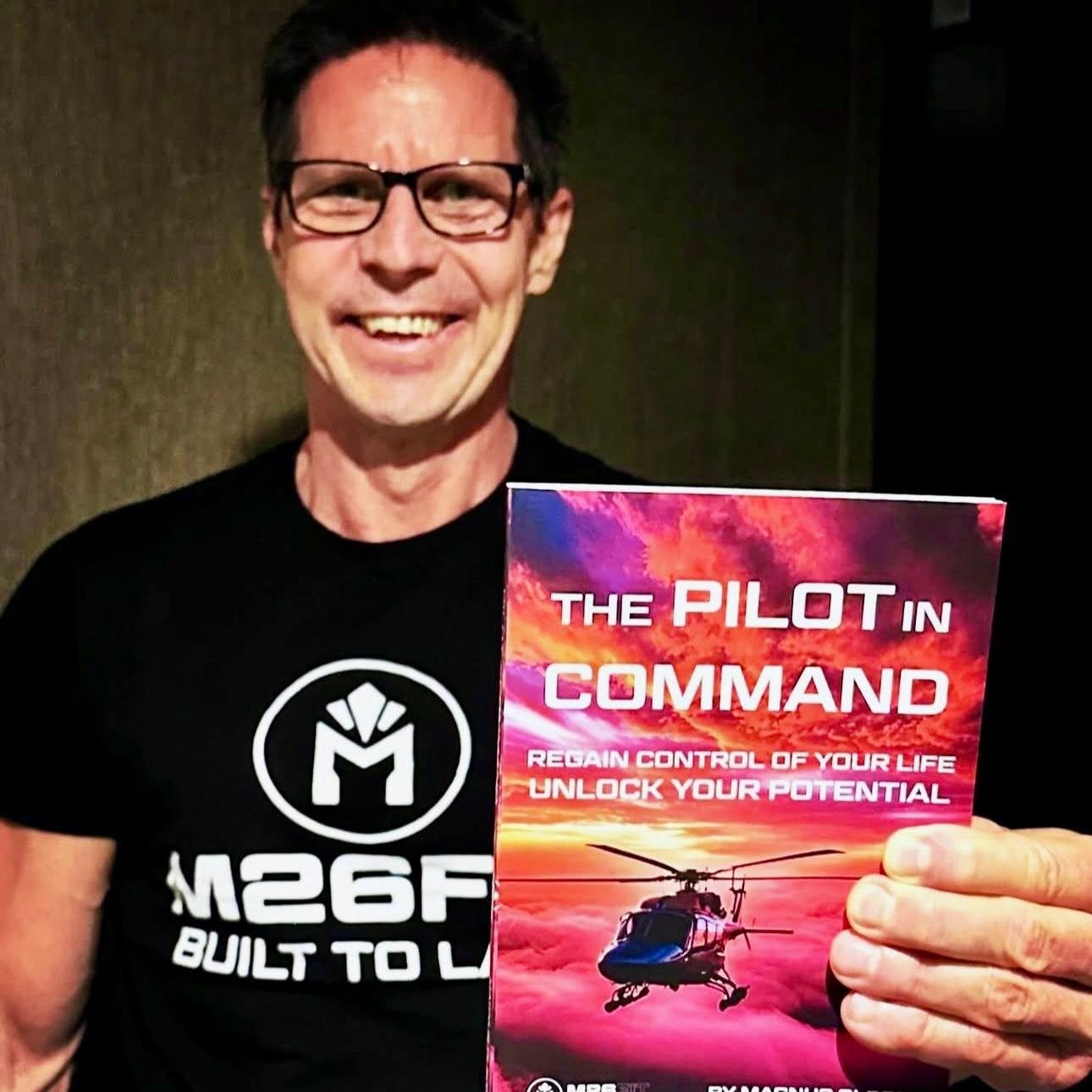


Last week I spent a blissful seven days relaxing in Bali; reading by the pool, sipping cocktails and catching up on sleep. While I was
there, a number of people asked the usual questions: Where are you from? What do you do?
While most other vacationers had heard of Brisbane, my second answer usually stumped them. What is a home educator? They asked.
I started using the metaphor of a Personal Trainer to explain the difference between a Home Educator and a tutor. When you go to a gym, you do the circuit that’s set up for everyone, but when you have a Personal Trainer, what you do is tailored to the results you want to get.
Just as Personal Trainer wouldn’t have the guy who wants to build muscle mass and the girl who wants to increase flexibility and core strength on the same programme, so, too Home Educators design specific learning programmes for each of our students. This seemed to make what I did much clearer, especially after I assured American vacationers that this was quite different from tutoring and explained the difference between a Home Educator and a ‘crammer’ to Singaporean visitors to Bali. I had never heard of a ‘crammer’ but after I listened in shock to their explanation, I was able to explain the difference!
Just as a Personal Trainer would start working with a new client by establishing their goals and needs, so we Home Educators establish what our students want to achieve. It is wonderful when students have reflected upon their learning in a sufficiently mature way to identify specific goals, but this is, unfortunately, the minority. Perhaps it is an unpleasant and negative reflection of Australia’s attitude to education and learning, that most students focus upon grades rather than the abilities or dispositions that need strengthening. Part of our job is to start by refocussing such students. As Educators, we know that a focus on external goals such as Grades is less impactful than reshaping students’ understanding of learning and the skills and dispositions required to achieve external measures.
Once a student has developed the type of growth mindset required to begin expecting success, he or she is ready to begin acquiring or refining the skills necessary for success in Learning. For example, young students who wish to improve their Mathematical ability might need first of all to overcome a deficit mind-set that has led to their internalising the message that they “Can’t do Math!”. Once they shift mind-sets they are ready to begin work on the micro skills required to do Mathematics. These might include strategies to improve mental arithmetic, including times tables, and quick mental addition and subtraction.
Both strong Literacy and Numeracy are vital for success in every discipline of learning but learning how to learn and how to understand the thinking and learning process (Metacognition) is even more important! Understanding how to learn and think is possibly the most vital skill set students should be acquiring in schools today. A focus on grades and upon standardised assessments (such as NAPLAN) by governments and the media, has, however, distracted from this fact. That’s why it is so important to teach students how to think, rather than what to think. Future blogs will explore this concept in more detail.
BY SUE BURVILL-SHAW